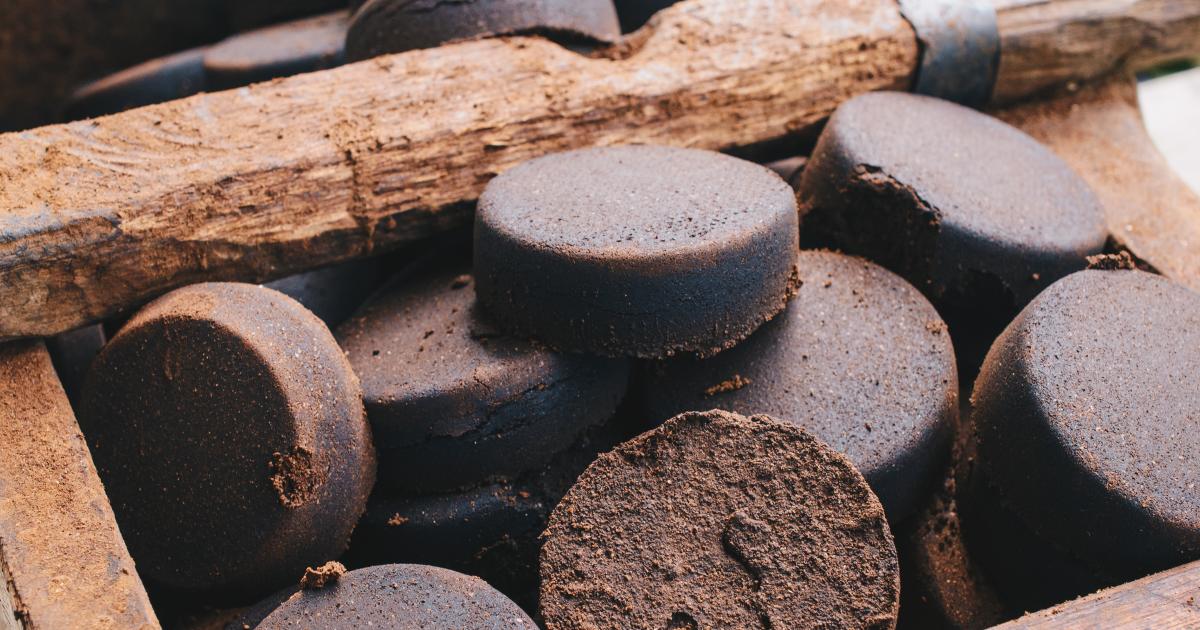- cross-posted to:
- solarpunk@slrpnk.net
- cross-posted to:
- solarpunk@slrpnk.net
Scientists strengthen concrete by 30 percent with used coffee grounds::Researchers in Australia have found a new use for old coffee grounds: concrete doping!.
Can I also strengthen my coffee by adding a little concrete mix?
For science, go for it!
The lime that concrete is made of is alkaline, so if you’re very careful a little bit may simply neutralise the acid. Neutralised… I think it’s just chalk? Don’t do this though, it wouldn’t take much to mess it up and do serious damage to your insides. Plus idk if it’s actually just chalk. Also if you wash your hands with vinegar after a day working with cement it gets rid of the horrible dried out feeling and feels nice & creamy, because it neutralises the base.
This is funny because when I was a plumber after particularly dirty days I used to wash my hands with cement and I used to think that made my hands feel smooth
Makes sense if you were working with strong acids. Bleach or baking soda might’ve had a similar effect.
Was domestic so plenty of urine from blocked drains I guess
Ah, I see what you mean now by “dirty”.
Time to go write a cozy mystery where the murderer is poisoning people with tiny amounts of concrete in the coffee.
Asking the important questions here, we just find out, for science ofcourse
Can we call it cofcrete?
Covfefe
I bigly approve of this.
oxford, can we approve the word “bigly”? thanks
It was right there all along. 🤔
In a few years we will all be injecting blivcheche and sunlilit while sipping on our covfefe.
Who will be laugthithing then ?
Despite the constant negative press
From a materials science perspective, a jump of 30% for a material that’s been well known for thousands of years seems unlikely.
Well, not really. They only mentioned compressive strength, so other important qualities and measures could be worse in unacceptable ways.
Or maybe it’s great. https://www.concretecentre.com/Specification/Innovative-concrete/Charcoal-Concrete.aspx
Two materials that have both been known for a long time.
This is the best summary I could come up with:
At the same time, we generate about 10 billion kilograms of used coffee grounds over the same span — coffee grounds which a team of researchers from RMIT University in Australia have discovered can be used as a silica substitute in the concrete production process that, in the proper proportions, yields a significantly stronger chemical bond than sand alone.
“The disposal of organic waste poses an environmental challenge as it emits large amounts of greenhouse gases including methane and carbon dioxide, which contribute to climate change,” lead author of the study, Dr Rajeev Roychand of RMIT’s School of Engineering, said in a recent release.
He notes that Australia alone produces 75 million kilograms of used coffee grounds each year, most of which ends up in landfills.
In order to make the grounds more compatible, the team experimented with pyrolyzing the materials at 350 and 500 degrees C, then substituting them in for sand in 5, 10, 15 and 20 percentages (by volume) for standard concrete mixtures.
“The concrete industry has the potential to contribute significantly to increasing the recycling of organic waste such as used coffee,” added study co-author Dr Shannon Kilmartin-Lynch, a Vice-Chancellor’s Indigenous Postdoctoral Research Fellow at RMIT.
"Our research is in the early stages, but these exciting findings offer an innovative way to greatly reduce the amount of organic waste that goes to landfill,” where its decomposition would generate large amounts of methane, a greenhouse gas 21 times more potent than carbon dioxide.
The original article contains 381 words, the summary contains 246 words. Saved 35%. I’m a bot and I’m open source!
I only use the finest Portland Arabica for my concrete needs.
Only opus caementicium for my buildings. I want them to last 2000 years.
Strange. Coffee has the opposite effect on me.
Not surprised it’s a Melbourne university researching this.
Knowing what little I know about Australia, shouldn’t it be reinforced with either beer or squashed cane toads?
Squashed cane toad experiments are incoming
How’s that? The connection eludes me
Melbourne claims to be home to the best coffee culture in Australia.
Aha I see, cheers antipode!
deleted by creator
I like how the researchers thought, “hmm, I wonder what will happen if I mix my used coffee grounds with this batch of cement over here.”
This is unironically how most discoveries are made… Silly human curiosity
As long as it’s written down. Otherwise, you’re just a lunatic
Maybe they dropped old coffee grounds on their fresh concrete sidewalk while getting the trash out.
I always have these kinds of thoughts when reading articles like this.
On a serious note , I am pretty sure they find this stuff at the molecule level then match it to the closest item.
This is an area where AI might actually be really useful in the future. If that’s not already the case.
I love seeing my countrymen coming up with dumb ideas that work, very Australian.
They definitely spilled it while testing something else.
Mmmmm nothing like the smell of freshly roasted concrete to start your day.
the smell of old used roasted concrete!
that must be some shitty coffee
Good luck getting most people to recycle or save their used coffee grounds
Just pay Starbucks to collect it.
I have like, buckets of it. Brb making concrete.
This is one of those things I’d never think to try, but am still surprised that no one else did decades ago.
Anyone else annoyed that they use kilos for coffee, but tons for concrete, and then give percentage by volume?
1 metric ton=1000kg












